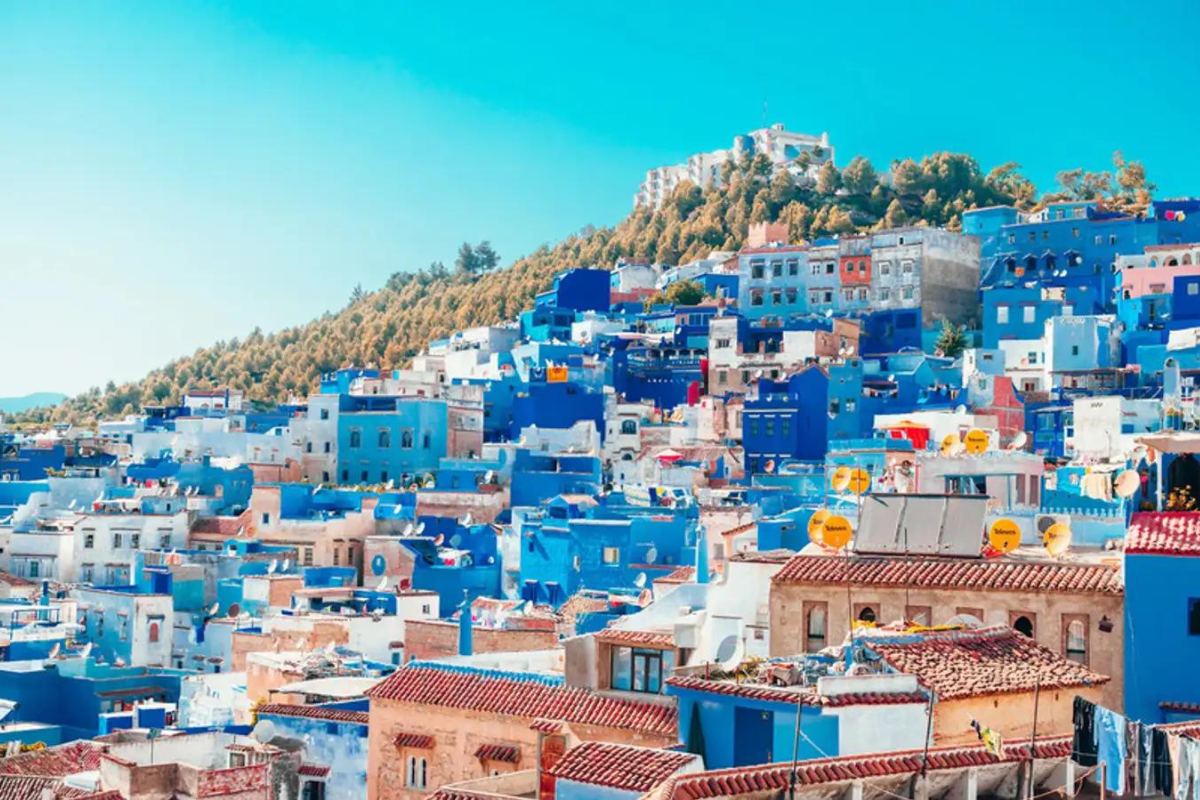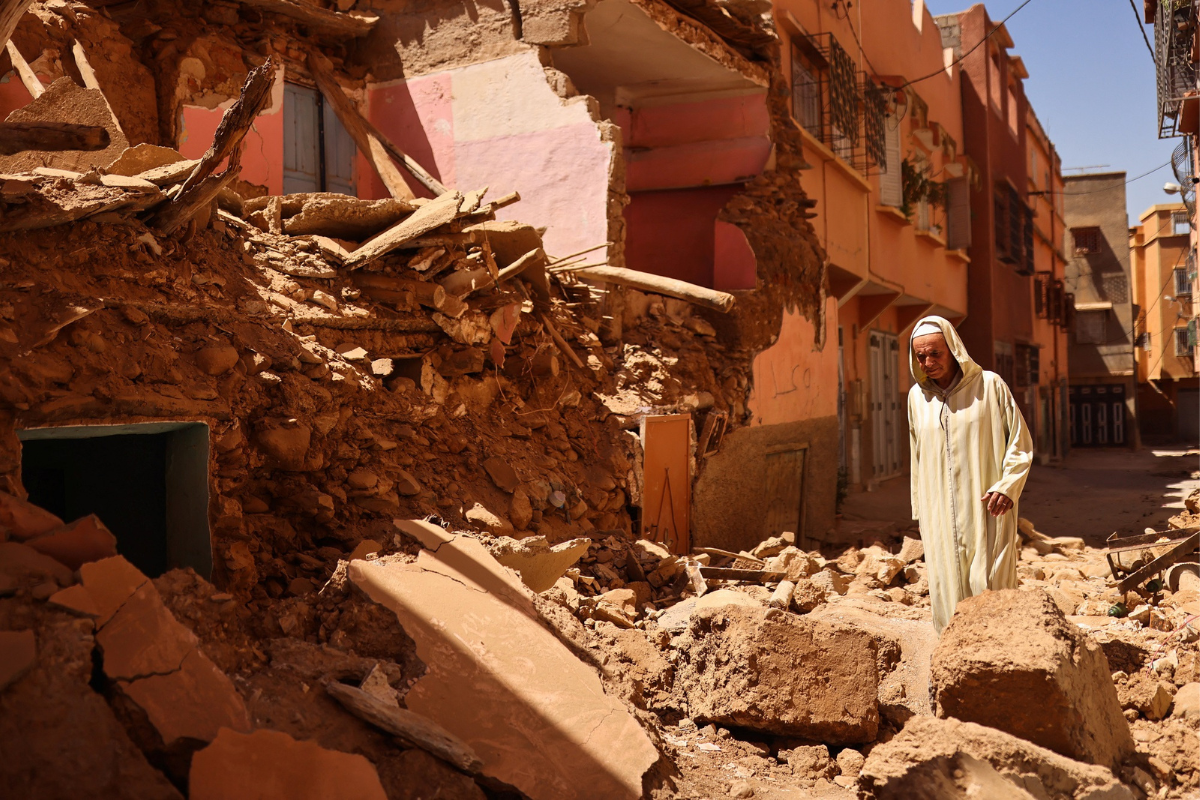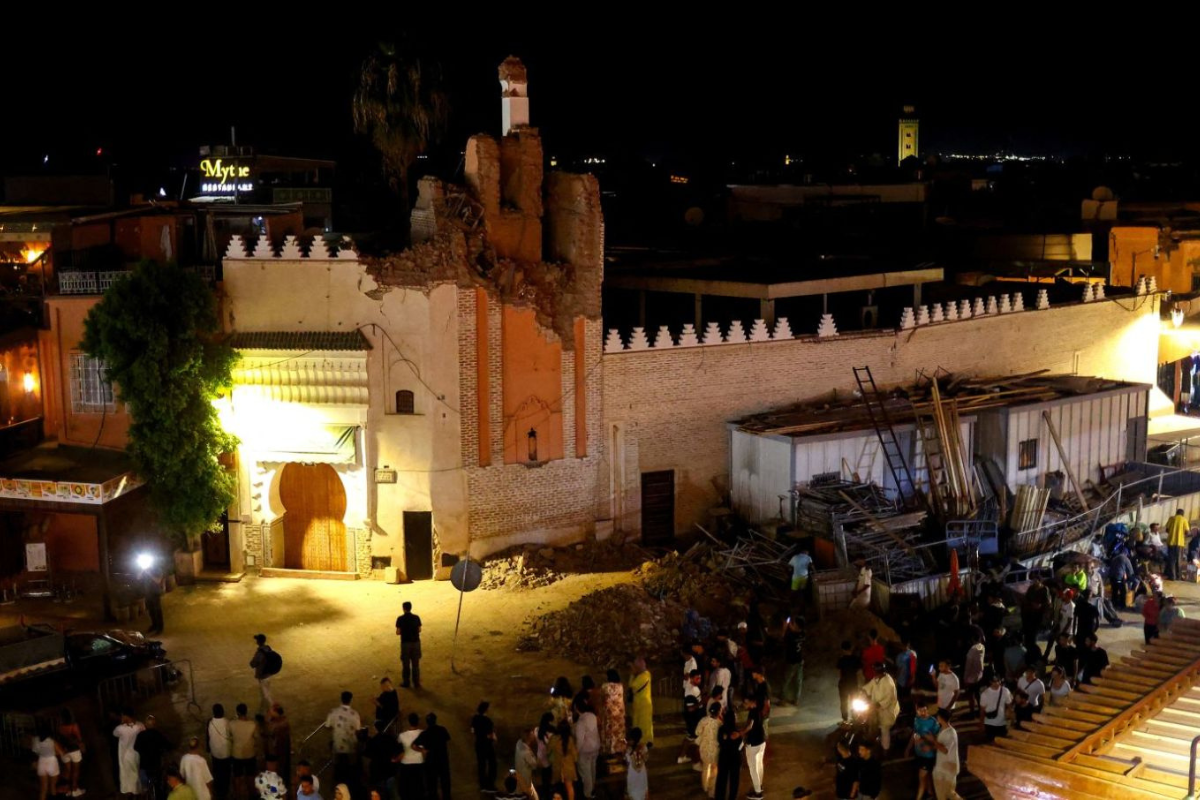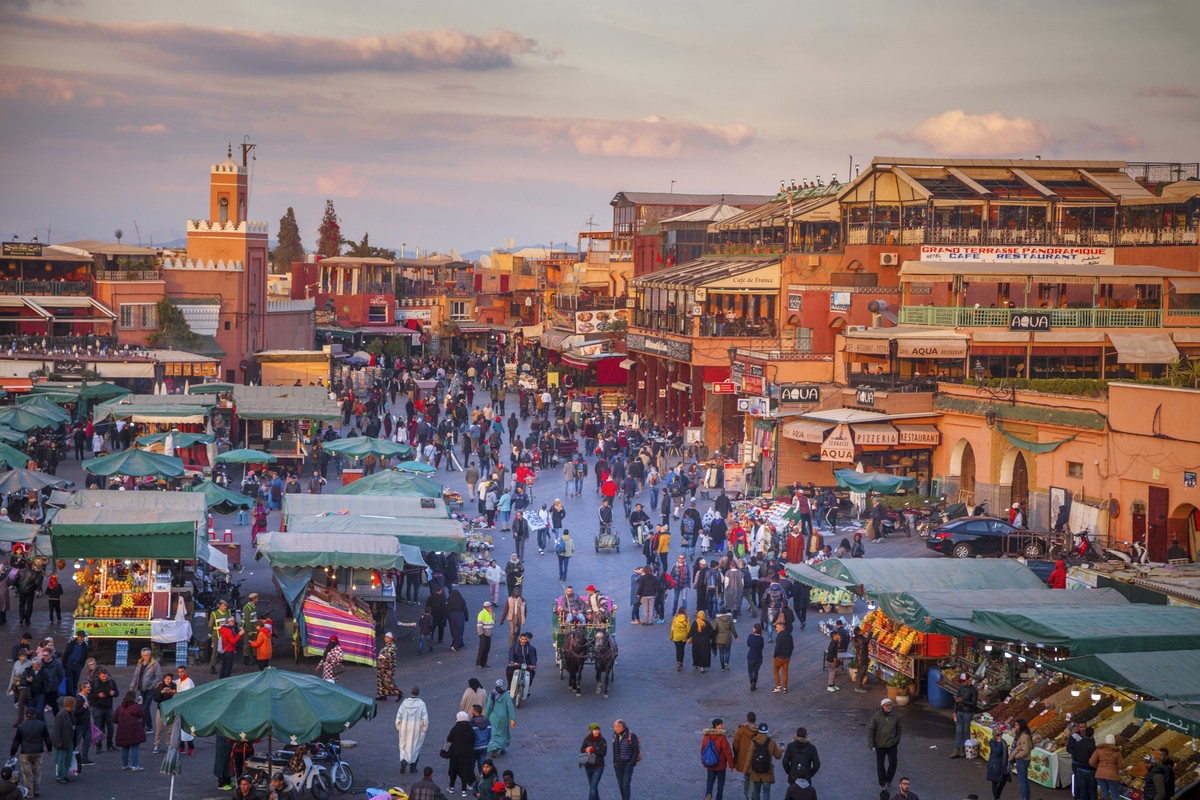A massive earthquake struck Morocco, causing substantial loss and destruction. Given the earthquake’s destruction of infrastructure and scenery, the country’s tourism industry faces numerous hurdles. However, soon after the devastating earthquake, Marrakesh, Morocco’s potential tourism powerhouse, opened its doors to travellers from all over the world.
Travelers are drawn in by the beauty that each of these places radiates through its architecture, culture, and cuisine. Many Islamic artworks in Morocco are famous for their exquisite and stunning appearance, attracting a large number of visitors to the nation to admire and discover. The ivory-like beaches contrast with huge golden sand deserts as the country’s centerpiece. Despite its African origins, Morocco is neither a backward or impoverished country. Regardless of how simple life is, many tourists find it appealing.

Photo: Unsplash
Every Moroccan city has a central area that dates back hundreds of years. This is an excellent place to live and work. It also functions as a market where you may swap, buy, and sell local things. A distinct artisan society has formed in the region, divided into numerous skills like as carving, wood, leather, offerings, and metal. However, the appeal of significant towns in this African country has been diminished in part as a result of the devastating earthquake. The latest earthquake in Morocco killed approximately 3,000 people and injured over 5,500 more. This is regarded as the most catastrophic natural disaster in Morocco since 1960.
The effort of reshaping the country following the devastating earthquake
Marrakesh, a medieval city designated as a UNESCO World Heritage Site in 1985, was also severely damaged. Moroccan authorities are currently assessing the damage done to the country’s historical landmarks. Furthermore, Ouirgane, a little Moroccan village 65 kilometers south of Marrakech, is a popular tourist destination with lovely natural surroundings. However, tourism-related activities in Ouirgane had to be halted as a result of the recent earthquake. This is undoubtedly a serious impediment to the potential economic expansion of tourism in many Moroccan localities, notably tourist spots in the High Atlas mountain range, which have been severely hit by the earthquake.

Photo: Reuters
Around 150 educational facilities were destroyed, forcing students to attend classes in government-erected tents for the time being. The Moroccan Ministry of Education agreed to allow earthquake-affected primary and secondary school students to return to class.
Furthermore, the Moroccan government started the first phase of a post-quake reconstruction program, which included the construction of 50,000 new dwellings as well as financial aid ranging from $8,000 to $14,000 for each family whose home was destroyed or damaged by the earthquake.
Moroccan authorities estimate that the repair of these key cultural monuments will take up to two years. Restoration is not only a tedious and technical task, but it also necessitates the inhabitants’ commitment and dedication. The most important thing is that Morocco’s cultural past be protected and repaired in order for future generations to inherit humanitarian ideas and stories.
Morocco is a historic and beautiful country that continues to draw a large number of international tourists

Photo: Reuters
Moroccan tourist operators are pushing visitors to visit Marrakesh, the country’s tourism capital, to assist the sector, which is the backbone of the country’s economy following the earthquake. Small businesses and hotels are reopening to accommodate visitors.
Unfortunately, the earthquake occurred during one of Morocco’s busiest months for tourism. Even though there is still a lot of confusion, Marrakesh’s iconic Jemaa Lifna Square has regained its vibrancy after only three days of national mourning. Thousands of foreign visitors arrive at the airport to see this old city.
Foreign visitors have a greater influence on Morocco’s tourism messaging. Visitors to this old region feel at peace despite the earthquake disaster, which badly affected both lives and property. They feel that this bountiful country should be known for its majesty and breathtaking natural settings. Perhaps the best way to help the Moroccan people and administration right now is for visitors to come here and enjoy the simplicity and intimacy of the setting.
The tourist industry supports 565,000 jobs in Morocco in general, and thousands of people’s lives in Marrakesh in particular. People were surprised when their commercial activity dropped following the predicted incident. For the time being, the best consolation is that locals can still see how much international tourists love Morocco by supporting and purchasing things made by artists. Nonetheless, Morocco remains a safe, peaceful, and prosperous country. Tourists are still treated as valued guests in the land of a thousand and one nights, regardless of their nationality or faith.

Photo: CNN

